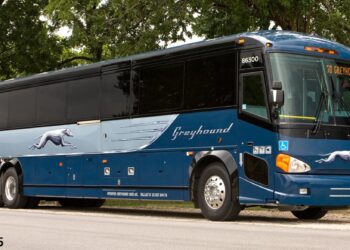I have taken this trip before — a venture through the city directories for the Binghamton area. They provide a wonderful insight into the world as it was. Recent columns have looked back at those directories from 50, 75, and even 100 years ago.
I thought for a fun time, I would pull one of the earlier directories to look at the Binghamton area in the year 1873 — 150 years ago from today’s clamoring society.
Boyd’s Binghamton City and Susquehanna Railroad Directory was compiled by Andrew Boyd and published by H.E. Pratt, a bookseller located at 43 Court St. While it is the Binghamton directory, there is an obvious and heavy influence from Albany, New York given the number of advertisers mentioned throughout the volume. There also seems to have been a concerted effort to get advertisers from Cobleskill, New York as well.
Despite these influences, there emerges a great view of our region in the last quarter of the 19th century. In previous columns, I focused on one type of business that was prominent.
For this column, I thought I would meander through the pages to denote some interesting and revealing items. There is the normal listing of elected and appointed officials at various levels of government. For example, the president of the United States during that year was Ulysses S. Grant, who made $50,000 per year in salary. The vice president was Henry Wilson, who only made $8,000 per year.
The governor of New York was General John A. Dix, while the lieutenant governor was Binghamton-born John C. Robinson, a Civil War general who rose to great prominence. The mayor of Binghamton was Benjamin Loomis, and the city had only five wards in it compared to the 13 wards in today’s city structure.
There is a prominent full-page ad on page 33 for the Delaware and Hudson Canal Company. If some of you are thinking, “Shouldn’t that ad read Delaware and Hudson Railroad Company?” you would be both right and wrong.
The company started as a canal company and then changed to…
Read the full article here


